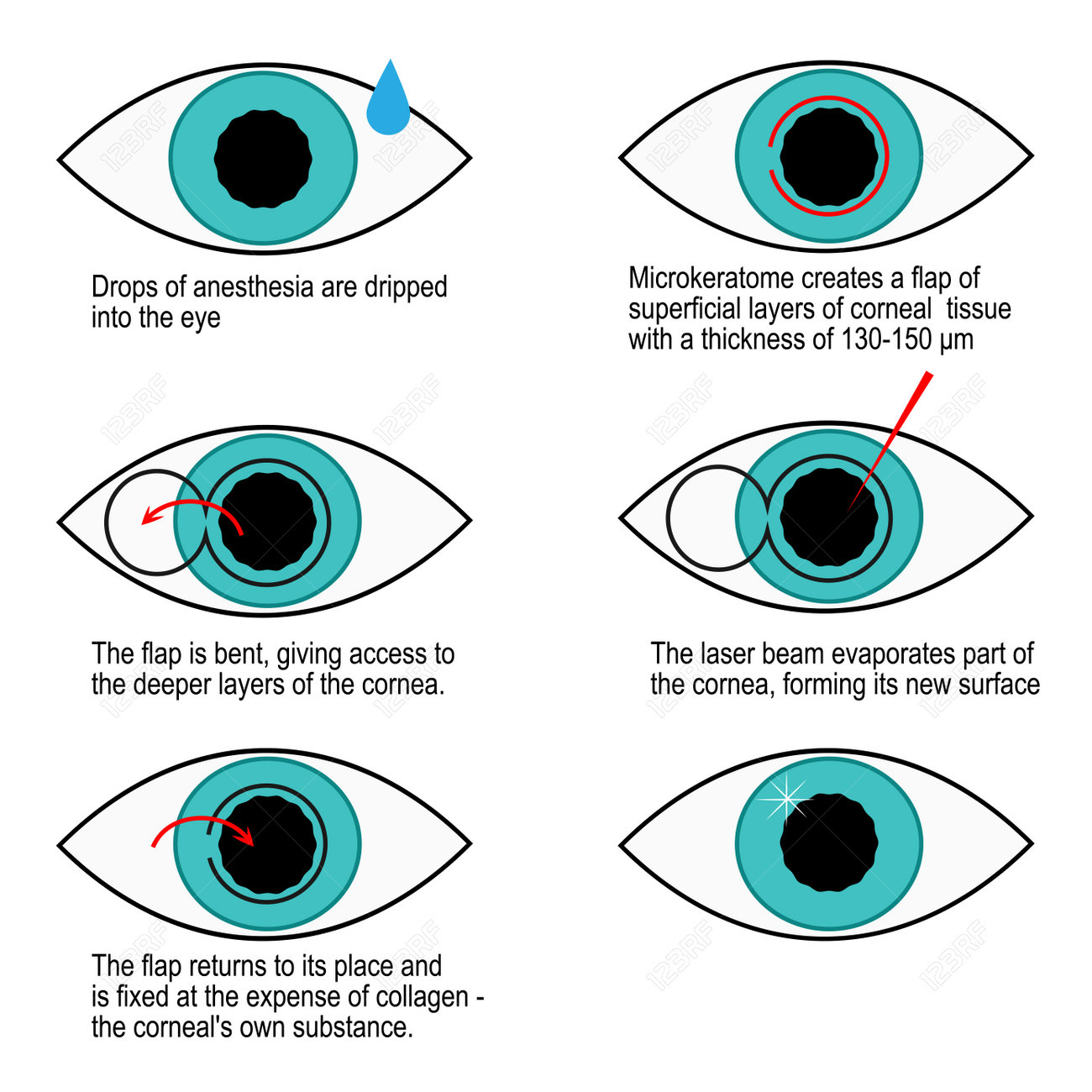Vision Rectification Via Lens Replacement: A New Age In Sight

Write-Up Composed By-Knowles Brink
Imagine a future where you no longer need to count on glasses or contact lenses to see plainly. Washington DC Florist where vision modification is as basic as a fast, painless procedure.
Well, that future is closer than you might believe. Introducing refractive lens exchange, an advanced technique to remedying your vision that can alter the means you see the world.
However exactly what is refractive lens exchange, and why is it took into consideration the future of vision modification? In this conversation, we will certainly explore the benefits, the procedure, and the prospective threats of refractive lens exchange, offering you a peek right into what exists in advance for those looking for clearer vision.
The Benefits of Refractive Lens Exchange
Refractive Lens Exchange uses various advantages for people looking for vision modification. By changing your all-natural lens with an artificial intraocular lens, this treatment can remedy a wide variety of vision issues. One of the primary advantages of refractive lens exchange is the improvement in visual acuity. Whether you're nearsighted, farsighted, or have astigmatism, this procedure can significantly boost your ability to see clearly without depending on glasses or call lenses.
In addition, refractive lens exchange can additionally prevent the progression of certain eye conditions, such as cataracts. you could look here indicates that not just will you accomplish much better vision, however you'll also have a lowered threat of developing cataracts in the future.
With refractive lens exchange, you can take pleasure in enhanced vision and a higher quality of life.
The Treatment for Refractive Lens Exchange
When going through refractive lens exchange, the specialist will certainly begin by making a tiny laceration in your cornea. This enables them to access the lens of your eye and remove it.
Right here are 5 essential actions associated with the treatment:
- The specialist will meticulously separate the lens utilizing ultrasound waves or lasers.
- After removing the lens, they'll put a brand-new man-made lens, called an intraocular lens (IOL), into your eye.
- The IOL is created to remedy your specific vision problems, such as nearsightedness, farsightedness, or astigmatism.
- Once the new lens remains in area, the specialist will shut the cut with tiny stitches or self-sealing strategies.
- The whole treatment typically takes less than half an hour and is generally done on an outpatient basis.
Following these steps, refractive lens exchange can give you with boosted vision and reduce your dependence on glasses or get in touch with lenses.
Possible Risks of Refractive Lens Exchange
Prior to going through refractive lens exchange, it's important to comprehend the prospective dangers connected with the treatment. While refractive lens exchange is typically taken into consideration secure, like any surgical procedure, there are risks included.
One potential threat is infection, which can take place if microorganisms enters the eye throughout or after the surgical treatment. An additional risk is the growth of increased intraocular pressure, which can lead to glaucoma. Additionally, there's a small chance of experiencing corneal edema, which is the swelling of the cornea.
Other possible risks include retinal detachment, macular edema, and loss of vision. related webpage to review these dangers with your specialist and weigh them versus the prospective advantages prior to choosing.
Verdict
So there you have it, people! Refractive lens exchange is genuinely the future of vision adjustment. With its countless advantages and innovations in innovation, this procedure provides a life-altering solution for those struggling with their vision.
However remember, every rose has its thorns. While refractive lens exchange may bring quality, it is essential to be aware of the potential risks included. So, prior to taking the jump, weigh the advantages and disadvantages, and speak with your ophthalmologist.
Besides, better risk-free than sorry!

